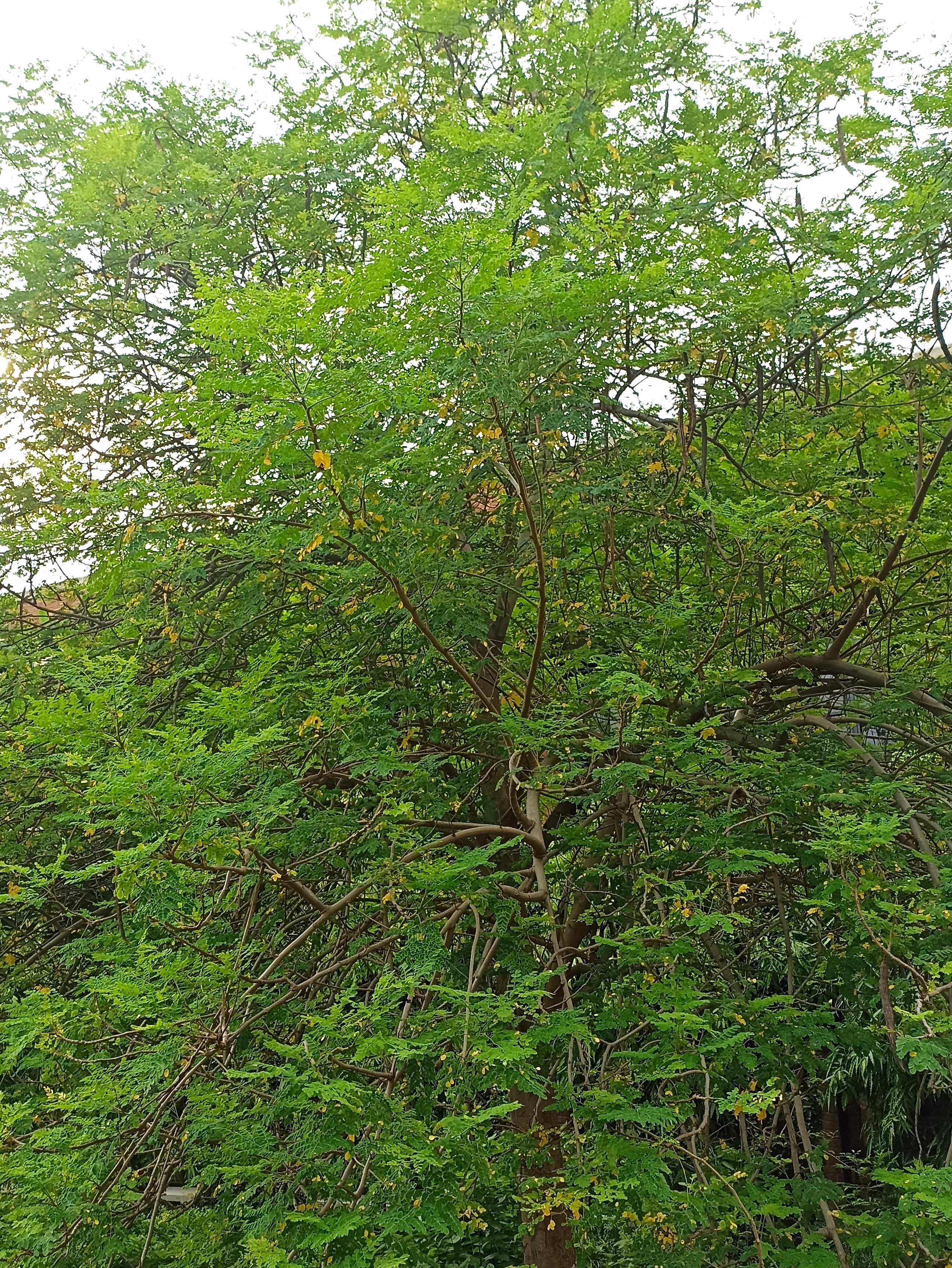Moringa oleifera
Species
Families
Local Names
Genus
Native/Introduced
DNA Barcode
Description
Moringa oleifera, native to India, grows in the tropical and subtropical regions of the world. It is commonly known as ‘drumstick tree’ or ‘horseradish tree’. Moringa can withstand both severe drought and mild frost conditions and hence widely cultivated across the world. With its high nutritive values, every part of the tree is suitable for either nutritional or commercial purposes. The leaves are rich in minerals, vitamins and other essential phytochemicals. Extracts from the leaves are used to treat malnutrition, augment breast milk in lactating mothers. It is used as potential antioxidant, anticancer, anti-inflammatory, antidiabetic and antimicrobial agent. M. oleifera seed, a natural coagulant is extensively used in water treatment. The scientific effort of this research provides insights on the use of moringa as a cure for diabetes and cancer and fortification of moringa in commercial products. This review explores the use of moringa across disciplines for its medicinal value and deals with cultivation, nutrition, commercial and prominent pharmacological properties of this “Miracle Tree”.
M. oleifera can be grown in any tropical and subtropical regions of the world with a temperature around 25–35 °C. It requires sandy or loamy soil with a slightly acidic to slightly alkaline pH and a net rainfall of 250–3000 mm [4]. The direct seeding method is followed as it has high germination rates. Since moringa seeds are expected to germinate within 5–12 days after seeding and can be implanted at a depth of 2 cm in the soil. Moringa can also be propagated using containers. The saplings are placed in plastic bags containing sandy or loamy soil. After it grows to about 30 cm, it can be transplanted. However, utmost care has to be taken while transplanting as the tap roots are tender and tend to get affected. The tree can also be cultivated from cuttings with 1 m length and 4–5 cm in diameter, but these plants may not have a good deep root system. Such plants tend to be sensitive to drought and winds. For commercial purposes large scale intensive and semi-intensive plantation of moringa may be followed. In commercial cultivation, spacing is important as it helps in plant management and harvest. M. oleifera differs in nutrient composition at different locations. The tree grown in India has slightly different nutritional components than a tree grown in Nigeria. studied the nutritional differences in the leaves from two ecological locations semi-deciduous and Savannah regions. It showed that the latter was less nutritious than the former and attributed this to high temperatures at the Savannah regions. At higher temperature, proteins and enzymes get denatured and this could be the cause for the difference in nutrient content.
Every part of M. oleifera is a storehouse of important nutrients and antinutrients. The leaves of M. oleifera are rich in minerals like calcium, potassium, zinc, magnesium, iron and copper. Vitamins like beta-carotene of vitamin A, vitamin B such as folic acid, pyridoxine and nicotinic acid, vitamin C, D and E also present in M. oleifera. Phytochemicals such as tannins, sterols, terpenoids, flavonoids, saponins, anthraquinones, alkaloids and reducing sugar present along with anti-cancerous agents like glucosinolates, isothiocyanates, glycoside compounds and glycerol-1-9-octadecanoate. Moringa leaves also have a low calorific value and can be used in the diet of the obese. The pods are fibrous and are valuable to treat digestive problems and thwart colon cancer. A research shows that immature pods contain around 46.78% fiber and around 20.66% protein content. Pods have 30% of amino acid content, the leaves have 44% and flowers have 31%. The immature pods and flowers showed similar amounts of palmitic, linolenic, linoleic and oleic acids.
Moringa has lot of minerals that are essential for growth and development among which, calcium is considered as one of the important minerals for human growth. While 8 ounces of milk can provide 300–400 mg, moringa leaves can provide 1000 mg and moringa powder can provide more than 4000 mg. Moringa powder can be used as a substitute for iron tablets, hence as a treatment for anemia. Beef has only 2 mg of iron while moringa leaf powder has 28 mg of iron. It has been reported that moringa contains more iron than spinach. A good dietary intake of zinc is essential for proper growth of sperm cells and is also necessary for the synthesis of DNA and RNA. M. oleifera leaves show around 25.5–31.03 mg of zinc/kg, which is the daily requirement of zinc in the diet.
PUFAs are linoleic acid, linolenic acid and oleic acid; these PUFAs have the ability to control cholesterol. Research show that moringa seed oil contains around 76% PUFA, making it ideal for use as a substitute for olive oil. A point to note is that the nutrient composition varies depending on the location. Fuglie revealed that seasons influence the nutrient content. It was shown that vitamin A was found abundantly in the hot-wet season, while vitamin C and iron were more in the cool-dry season. The difference in results can be attributed to the fact that the location, climate and the environmental factors significantly influence nutrient content of the tree.









































































































































